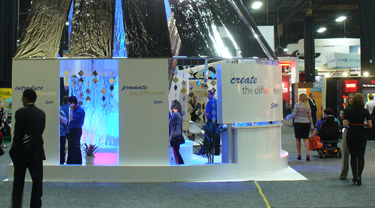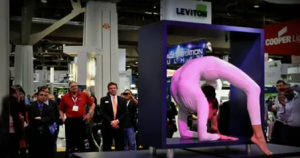What’s your Social Media Reputation?
Managing your social media reputation may be something that you’ve never even thought of. Or it may be something you obsess over! Either way, there are a few things you can do to control, or attempt to control, your social media reputation.

First, you must spend time just getting out there. Establish your online reputation by appearing on Facebook, LinkedIn, Twitter and other social media outlets. People will look for you on Google (for the most part – over 90% of searches), so besides your company website, they should also find you on Twitter, Facebook and perhaps on YouTube, Flickr or even Wikipedia. Searchers won’t find those results if you aren’t there, and not only have established a presence, but are actively working those platforms.
Second, if the conversation about your products or brand turns sour, you’ll need to jump on the situation immediately. The famous United Break Guitars incident shows how lack of response can cause the chatter to blow up beyond having ANY control. But by monitoring your channels, when something does pop up, you are prepared to respond quickly. That quick response will help you acknowledge any complaints and address the situation so that your followers understand what’s going on.
Third, keep your ears to the ground! There are myriad tools out there that help you monitor what’s going on in regard to your products, company and competition. The best are Google Alerts and Social Mention. There are also several premium products on the market that allows you to drill down into social media platforms to follow those conversations.
Bottom line? You have the power to take proper action and control your social media reputation. And if you value your bottom line, you MUST be proactive in monitoring and responding when the conversation turns negative.








